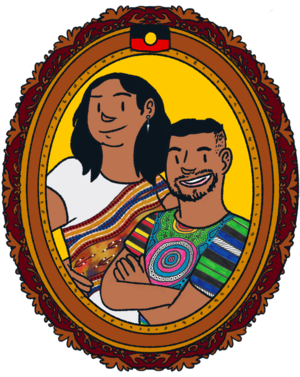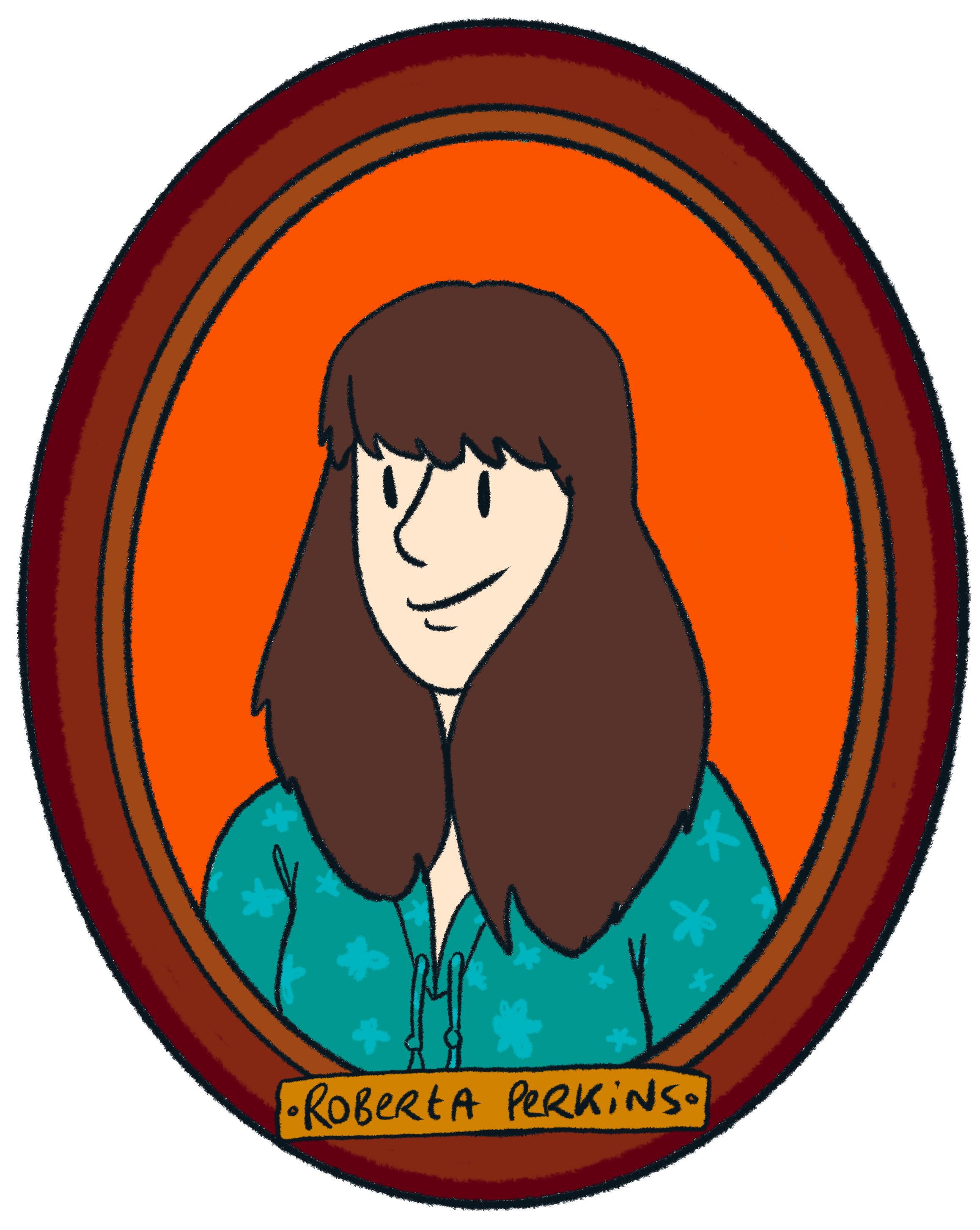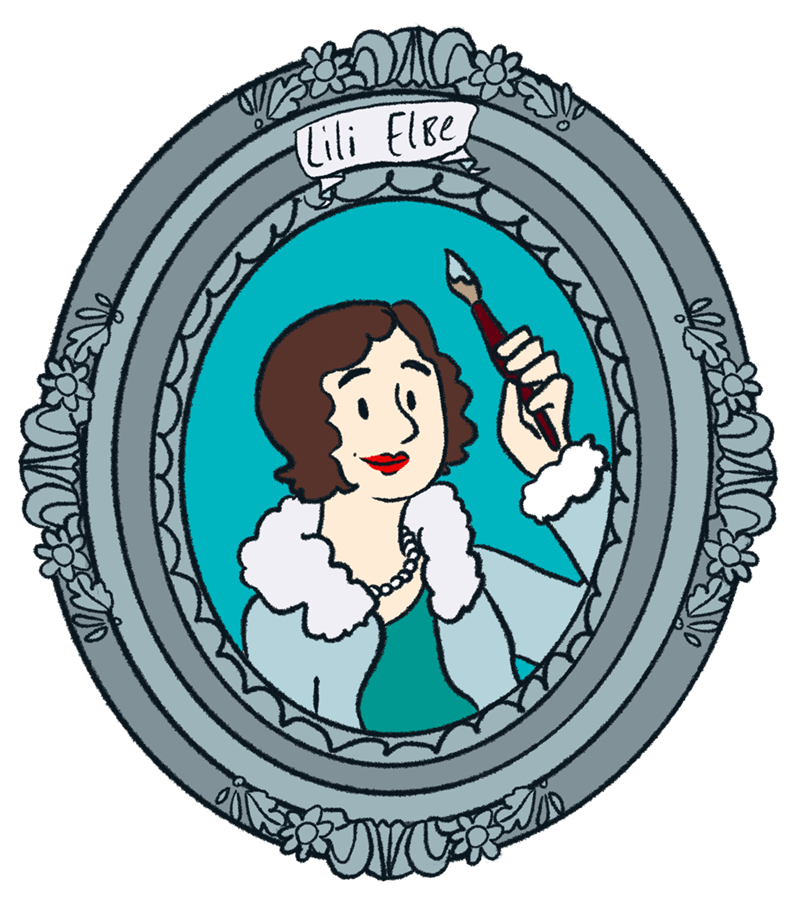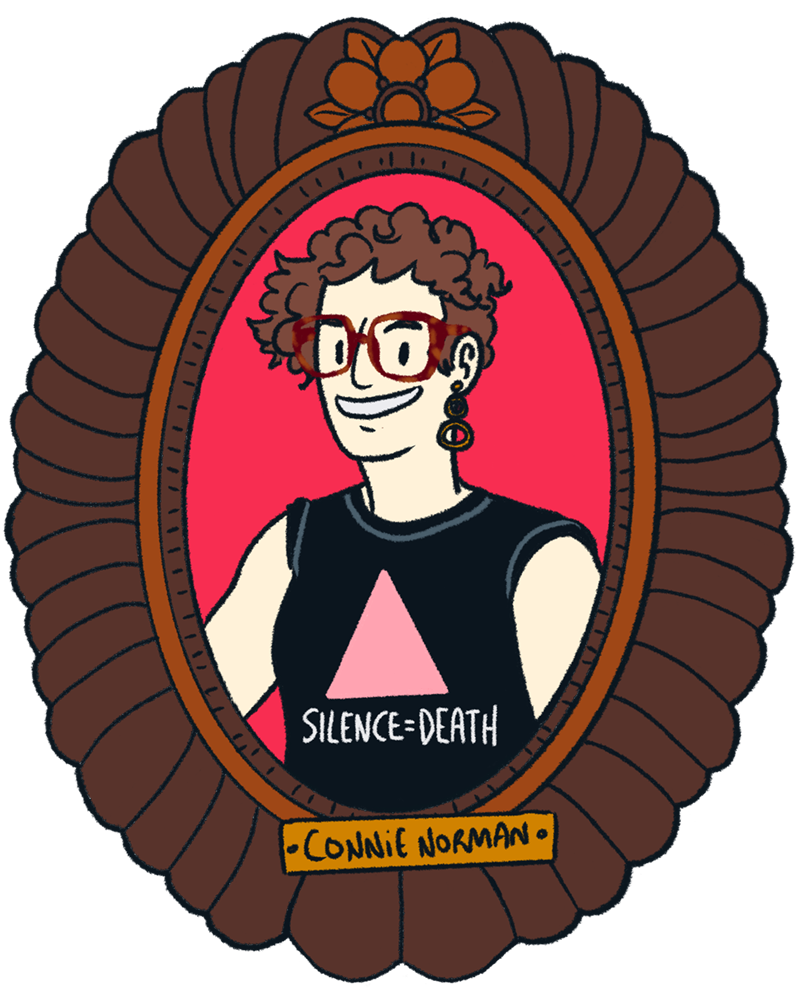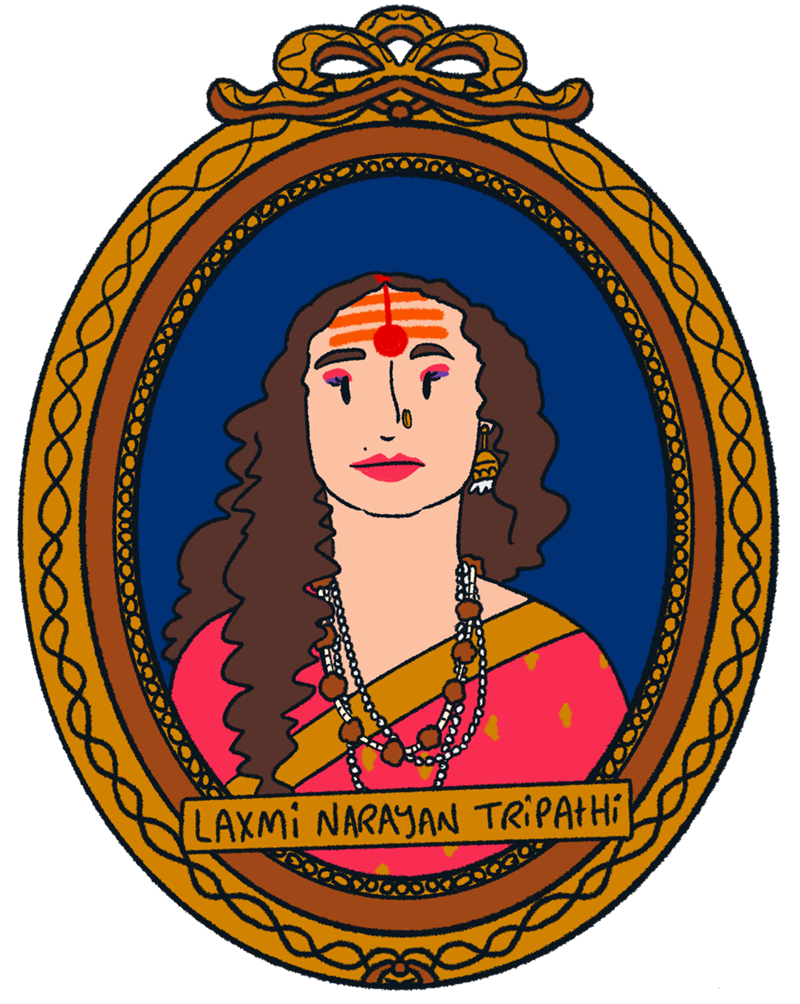Is being trans a new thing?
There’s been a recent and visible boom of trans people feeling safe and accepted enough to be out and proud: in politics and media, throughout our communities, our friends and family members, and around the world. This hasn’t always been the case. It’s well within living memory that public trans figures and role models were far and few between, if they existed at all.
So it makes sense to look at this shift and wonder what happened - is being trans a new phenomenon? Are there more trans people than ever before? Where did they come from?
All of these are big and complex questions, so let’s dive in and answer them.
Are trans people new?
While the simple answer is no, it depends on how we’re using the word ‘trans’.
The word trans only emerged into popular usage in the 1960s and 1970s1, and so if we’re using it to only mean people who have defined themselves as “trans”, that history extends back less than a century. But if that's true, then we can also say that there are no heterosexuals in history before 1868, when the word was first coined by Karl-Maria Kertbeny.
However, if we’re talking about people who moved away from the gender they were presumed to be at birth (which is the broad definition of trans) or lived cross-gender lives, there is evidence that people like this have existed in almost every culture and continent from before records were written down.
What exactly this means differed across time periods and cultures, but even without shared language, these experiences and behaviours resonate across history. The study of trans history explores this group, who may not have had access to the information, community connection, and language we have now, but whose experiences are in many ways similar to trans people today.
“Even though the term transgender is modern, people have moved from one gender to another for a very long time. And transgender history looks at that movement.”
Emily Skidmore, Associate Professor, U.S. History, Gender and Sexuality, Texas Tech University
While a great deal of trans history covers the lives and experiences of 20th century U.S. and U.K. individuals2, people who lived cross-gender lives have existed and lived in virtually every society since before written history, including in First Nations clan groups across Australia4 (read more on our Trans Mob page), the U.S.5,6, and around the world7 in India8,9, Europe10,11, Thailand12,13, the Pacific Islands14, throughout Africa15, and beyond.
While there are names throughout history that are particularly well known, the names of people who have worked to make trans lives safer, easier, and celebrated are innumerable.
We asked our communities around NSW and Australia to share their trans pioneers, and we got quite the list indeed. Thank you to our trans trailblazers, to those who have fought for us all and to the many whose lives were cut short far too early. Your activism and advocacy work remains crucial and we honour the many shoulders we stand on, and continue to walk beside.
How can we call historic figures trans when the word wasn’t invented yet?
Language isn’t set in stone, and we often create or repurpose words to describe things that we don’t have words for yet.
The passage of time, increased global populations and the advent of the internet has given modern society new ways to connect and understand in ways that would have seemed very far fetched, to our ancestors. Trans is a great example of this: originating with doctors, then reclaimed by community members to name an experience that didn’t have common language beforehand.
One reason we use this language, (especially umbrella terms) is to talk about, and fight for, the range of similar experiences of not being cis, experiences which we can see reflected in people throughout history.
This is not any different to looking at early members of homo sapiens and calling them the “first humans”. These people definitely didn’t use those words at the time (they were barely using any words at all, let’s be real), but it’s a useful way of looking back and categorising groups with similar experiences for the sake of being able to talk about them clearly.
When we look at historical figures, they might not have used the language we use now, but we can see that they had similar desires, needs, and actions to other trans people throughout history, and even today.
Why are there more trans people than before?
This is probably not the case, though there are some very good reasons why it might seem that way.
Many trans people talk about their experience of having the feeling of being trans, but not knowing how to respond to it until they see or hear about the existence of other trans people. Historically, the chances of this happening were much smaller, but over the past decades, as visibility of trans people has increased, more people have been able to realise that it’s a real thing, and have found that it’s possible to affirm their own gender as a result.
This is personal too, as more trans people are affirming themselves publically, the more likely you are to have a trans friend, partner, family member or coworker. For some people, it’s meeting another trans person in real life that sparks that final decision to affirm their gender. Often the very first trans person we meet is ourselves, so community is important.
As this visibility has increased, legal protections and gender affirming medical care have also become more available, and with them, people feeling safer and more able to live out and affirm themselves in ways that they want.
Conservative estimates say around 2%16 of Australia’s population is trans, and chances are that this number isn’t actually any higher than before, but that today more people feel able to count themselves into this category than ever before.
Are people making up genders?
People aren’t only affirming themselves as men and women, either, but as a range of other genders too, such as the wonderful emergence of non-binary, agender, genderqueer, genderfluid, demi boys, demi girls, genderflexible, and more.
When thinking about these, it’s helpful to remember that the categories of man and woman were also constructed to describe broad experiences of gender, and to enforce particular gender roles.
It can also be helpful to think about your relationship to your own gender. The process we go through when making sense of who we are, and learning to describe that, is deeply personal and unique for people of every gender.
This might mean when someone says that they are agender, to not respond by trying to imagine being agender, but instead to consider how you feel your own gender. For many cis people it feels solid and comfortable, and it can be helpful to think that a trans person may have exactly the same feeling about their gender, even if it’s one you don’t fully understand.
Would it even matter if someone did invent a new gender?
Even if someone were to make up a gender, why would it matter? Thinking about gender in new ways can sometimes feel destabilising, difficult, or even like a threat, but what does it actually mean for you? Think about the ways that it could effect your day to day life - chances are it would hardly change anything much at all. You’re still your gender, and they are their gender, it doesn’t get much simpler than that.
That said, often people aren't making up genders, but finding language to best describe how their gender fits and feels, and sometimes this language is what can feel quite new.
Is recognising that trans people exist enough?
So you’ve gotten your head around it - trans people have always existed, and that’s great! Now what?
While recognition and celebration are important and excellent ways to be an ally, just doing that doesn’t always result in us having the rights, protections, living conditions, and safety we deserve. It’s the role of allies to not just affirm the trans people in their lives, but to advocate, fight, and to be there for them.
For more information about how to support trans people, visit the Allies section of TransHub.
Being trans-affirming vs gender affirming
These terms sound like they might mean the same thing but it’s worth understanding the differences.
Gender affirming (gender affirmation, affirming gender etc.) means the steps or processes we take to affirm our gender, whether that be socially, medically and/or legally. In sentences we could say ‘gender affirming healthcare’, ‘I affirmed my gender’, ‘I would like to start gender affirming hormones’, ‘this haircut is really affirming my gender’
Trans-affirming is something for services and spaces to strive for and deliver that ensures trans people are respected, protected and affirmed. Questions to consider when reflecting on how trans-affirming your service and space is:
- Environment - How is my service, workplace or space explicitly and visibly trans-affirming?
- Self-determination - Can trans clients and employees self-determine how they affirm their gender here?
- Affirmation - How does my service, workplace or space affirm trans clients’ and employees' names, pronouns and gender?
- Rights - How are trans clients and employees protected here?
That counselling service was really trans-affirming.
My work needs to sort out how trans-affirming they are"
What are we fighting for?
While trans people’s rights have come a long way in past decades, there’s still a lot to fight for.
In NSW, we still are working to improve legal gender recognition, to strengthen the anti-discrimination act, and in advocating against legislation that is harmful to any trans or gender diverse people in their lives, homes, workplaces, or relationships.
ACON’s Blueprint for Improving the Health and Wellbeing of the Trans and Gender Diverse Community in NSW17 covers a range of priorities for health and wellbeing as outlined by NSW’s trans communities, such as affordable and available gender-affirming healthcare, clear pathways for accessing that care, records and IDs reflecting people’s gender accurately, and our identities and needs reflected in a range of settings such as workplaces, education, and elsewhere.
TransHub was developed in response to the Blueprint, to be a site where trans people and our allies and health professionals can find simple, accurate information that was written by and for our community, but it’s just one step on the path to better affirming trans people across NSW and globally.
While there are many fights ahead, and our allies are as important as ever, we’re not worried about the future. Trans people have existed for as long as there have been people, and we’re not going anywhere.
The NSW Trans History report
We’re thrilled to have published a new report with the Gender Centre on trans history in NSW, compiled and authored by Professor Noah Riseman.
Produced for ACON and the Gender Centre, the report by historian Professor Noah Riseman from the Australian Catholic University details NSW’s trans history, ranging from trans mob who occupied the lands well before European colonisation, up until present day.
From anti-discrimination law, birth certificate reform, public protest and police accountability, with this report and all the work our communities continue to do, we pay tribute to the hard work and achievements of our trans legends and visionaries.
Report by Professor Noah Riseman, Australian Catholic University
Designed and Illustrated by Oliver Vincent and Jaime-lee Collinson
Produced in collaboration with The Gender Centre and ACON
For more resources and information about trans history around the continent, we recommend you check out TGV’s Transgender History Report, Seahorse NSW’s history, Mx Margaret Jones’ A brief history of trans and intersex events and organisations in Western Australia, and the Australia Queer Archives.
Links
1 InQueery: What Does the Word "Transgender" Mean? - Them
2 Rediscovering Trans History: History at the boundaries of gender. - History Today
4 What do we know about queer Indigenous history? - The Hook Up
5 Teen Spirit - The Advocate
6 For many Native Americans, embracing LGBT members is a return to the past - The Washington Post
7 “To turn a man into a woman and a woman into a man are yours, Inana,” reads a 4,000-year-old temple hymn to Inana, the Sumerian goddess of love and war. Non-binary gender identities are not new. Brief thread in response to that one Karen - Dr. Moudhy Al-Rashid (@Moudhy on Twitter)
8 A Brief History Of Hijra, India’s Third Gender - Culture Trip
9 Why terms like ‘transgender’ don’t work for India’s ‘third-gender’ communities - Washington Post
10 The Chill Roman Priests Who Worshipped a Goddess and Castrated Themselves - Vice
11 Challenging Gender Boundaries: A Trans Biography Project by Students of Dr. Catherine Jacquet - OutHistory.org
12 Opening the Stage Curtain: The Trans Experience in Thailand - The Pulitzer Center
13 Meet The Kathoey: An Intro To Thailand’s Unique Transgender Culture - Jetset Times
14 Gender Identity and Sexual Identity in the Pacific and Hawai'i: Introduction - University of Hawaiʻi at Mānoa Library
15 The Splendor of Gender Non-Conformity In Africa - Shannon Collins on Medium
16 Zhang, Q., Goodman, M., Adams, N., Corneil, T., Hashemi, L., & Kreukels, B. et al. (2020). Epidemiological considerations in transgender health: A systematic review with focus on higher quality data. International Journal Of Transgender Health, 1-13.
17 A Blueprint for Improving the Health & Wellbeing of the Trans & Gender Diverse Community in NSW - ACON
9 questions about trans issues you were too embarrassed to ask - Vox
What is Trans History? From Activist and Academic Roots, a Field Takes Shape - Historians.org
Victoria's Transgender History Report: Victoria's Transgender History Report - TGV
A brief history of trans and intersex events and organisations in Western Australia - Mx Margaret Jones
Seahorse NSW's history Part 1 - Seahorse Society of NSW
All illustrations on this page by Briar Rolfe

